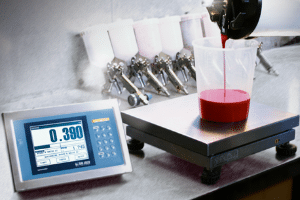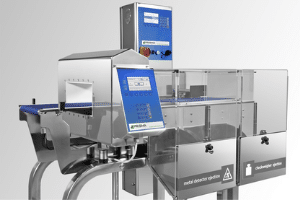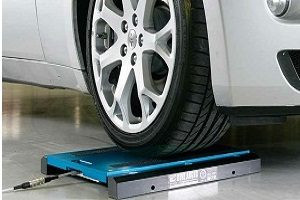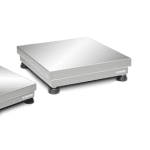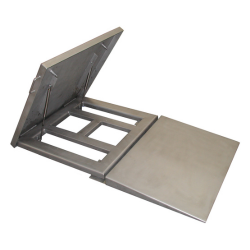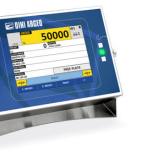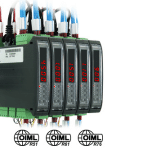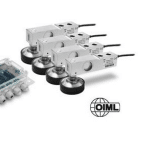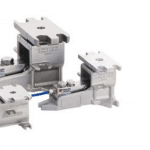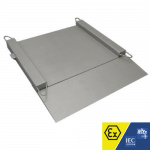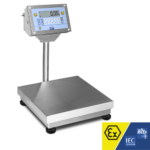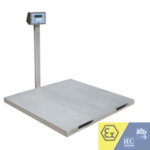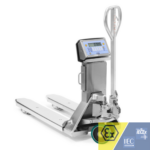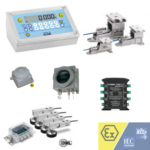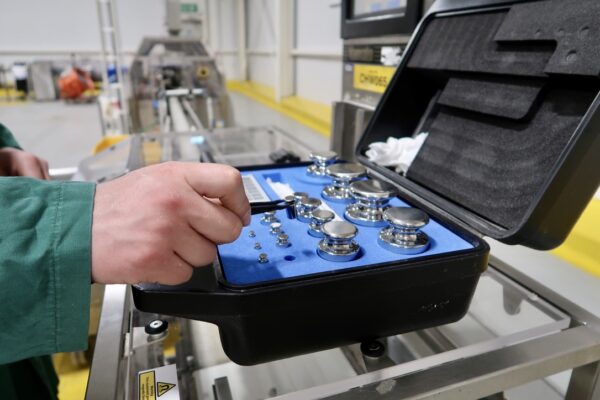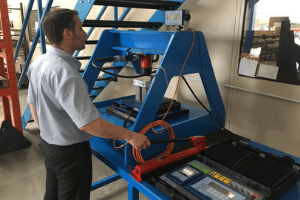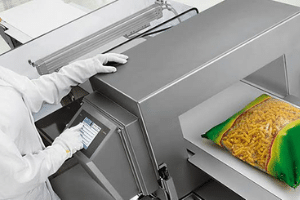How to Set Up Your Axle Weigh Pad System
Setting up your axle weigh pads
This guide provides you with essential steps to ensure the optimal installation and performance of your axle weighing system. By following the guidelines provided here, you can create a well-levelled and reliable weighing area for precise measurements. Remember, a properly installed axle weigh pad system will not only enhance the efficiency of your operations but also prolong the lifespan of the equipment. Let’s delve into the steps to set up your axle weighing system and achieve accurate results.
For the optimal installation of your axle weighing system, follow these steps:
- Ensure that the resting surface below the modules is coplanar and well levelled, with a hardness of at least 100 kg/cm2 (the usual value for reinforced concrete).
- NOTE: Avoid excessive inclination, as it can significantly reduce the precision of the system. Create a well-levelled area for the weighing pads, with an appropriate length.
- The bottom beneath the weighing area must be able to sustain concentrated loads without sinking, equivalent to at least 1.5 times the maximum capacity of the module.

- Keep in mind that the type and condition of the weighed vehicle can influence the weighing performance.
- Do not use the axle weigh pads to weigh vehicles transporting liquids. Once the system is optimised, it is advisable to drive over the weigh pads consistently in the same direction.
How to create a levelled area:
A levelled area is essential for weighing vehicles with more than two axles. To achieve this, you can use levelling modules LME and LMD (WWSD/WWSE) or the frame for the pads flush floor installation WWSCTF (WWSC), WWSDTF (WWSD), and WWSETF (WWSE).
Length of levelled area:
The advisable minimum length of the area depends on the vehicle type. For example, for a vehicle with 5 axles, the length should be 3m before and after the pads.
*NOTE: The best weighing condition is obtained by creating a levelled area with a length equal to double that of the longest vehicle to be weighed.
Axle weighing in static mode:
- Ensure the vehicle wheels are correctly positioned within the guiding bands, without touching the area around the loading surface.
- After positioning the vehicle, press the brake.
- Proceed with the necessary weighing operations.
NOTE: Do not weigh vehicles that have flat tires.
Axle weighing in dynamic mode:
- Drive the vehicle at the lowest and most constant possible speed (5 km/h), avoiding braking while weighing.
NOTE: Do not weigh vehicles that have flat tires.
Summary
Setting up your axle weighing system requires careful attention to detail and adherence to the recommended guidelines. A level and coplanar surface below the modules, along with proper area levelling, are fundamental to achieving accurate measurements. Additionally, it is essential to ensure that the area beneath the weighing surface can sustain the maximum loads to avoid inaccuracies. Always consider the type and status of the vehicles being weighed to maintain consistent performance. For the best results, avoid weighing vehicles transporting liquids and drive over the weigh pads in the same direction once the system is optimised.
Once set up, remember to regularly calibrate your weigh pads to ensure they continue to provide accurate readings.
By following these steps and tips, you can set up an efficient and reliable axle weigh pad system that will meet your needs and contribute to safer and more compliant operations.
Download the Axle Weigh Pad Installation Guide
